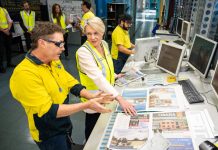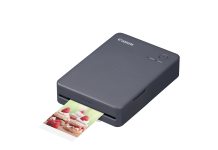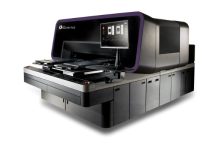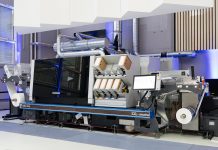Certain portions of agricultural products, such as roots, fruits, seeds, or juices, are typically consumed as food. However, many other parts of the plants are left unused and considered agricultural residue. This residue often becomes waste and is either burned or utilized for energy production. PaperWise has developed a method that utilizes plant residue to create premium quality paper that can be recycled up to seven times.
The agricultural sector allocates significant resources to sustain the 7.4 billion people on Earth. However, only specific parts of agricultural products, such as roots, fruits, seeds, or juices, are consumed as food, representing just 15 to 20% of the plants grown for food production. While some plant parts are utilized as animal feed, billions of tons of agricultural residue are left unused and often discarded as waste, either burned or used for energy generation. PaperWise has developed a method that repurposes plant residue to create high-quality paper that can be recycled up to seven times. This process not only utilizes resources responsibly but also aids in reducing deforestation.
PaperWise founder Peter van Rosmalen established the company after witnessing the burning of agricultural waste during his global travels. Motivated by the belief that there must be a more sustainable approach, he embarked on a mission to transform waste into paper. Together with the PaperWise team, he envisions a future where schoolchildren will readily respond to the question "What is paper made of?" with "From agricultural waste like leaves and stems." The company's guiding principle is encapsulated in the motto "Nature knows no waste." Throughout its production process, PaperWise is committed to minimizing its environmental footprint while delivering top-quality paper and cardboard products.

To ensure that there are no unintended consequences, the sustainability of PaperWise products has been evaluated by the IVAM University of Amsterdam. Researchers conducted a Life-Cycle Analysis (LCA) Quickscan study to assess the environmental impact of PaperWise products. This study examined the effects on natural resources, chemicals, water, energy, machinery, and waste throughout the entire lifecycle of the product. The researchers discovered that PaperWise products demonstrated sustainability indicators that were 47% better than those of wood-based FSC-paper and 29% better than those of recycled paper. PaperWise products are utilized for various purposes such as stationary, brochures, notepads, copying paper, envelopes, magazines, books, labels, and packaging materials for fruits, vegetables, snacks, and convenience food.
One core principle of PaperWise is to minimize transportation. This is why PaperWise's graphic paper is manufactured in Kagithapuram, located in the province of Tamil Nadu, India. The choice of this location is due to the ample supply of agricultural waste available for paper production in the region. The PaperWise factory collaborates with tens of thousands of small local farms that generate food in the area. Annually, the factory processes around one million tons of agricultural waste. The transportation of the paper from India to Rotterdam, and then to the PaperWise European distribution center in the Netherlands, is carried out using container ships with an A or B energy label. PaperWise emphasizes that it closely monitors the environmental impact of transportation and is committed to further reducing it whenever feasible.

PaperWise implements stringent water-use policies by considering the entire value chain. The graphic paper factory exclusively utilizes river water and purifies it in its water treatment facility. The treated water attains such high quality that it is suitable for consumption in the neighboring villages, benefiting approximately 1.4 million residents with potable water. Additionally, three expansive artificial lakes have been constructed adjacent to the factory. These lakes are filled with water during the rainy season, ensuring that no river water diversion is necessary during the dry season.
Energy conservation was a key consideration during the construction of the factory. To address this, the company installed windmills for energy generation. Additionally, a zero waste policy has been implemented to prevent any waste from exiting the factory premises. In a strategic move, a concrete factory was established adjacent to the paper factory a few years ago. This concrete factory utilizes the residue from paper production as a valuable resource for cement production, thereby advancing the principle of 'nature knows no waste' to a higher level.













